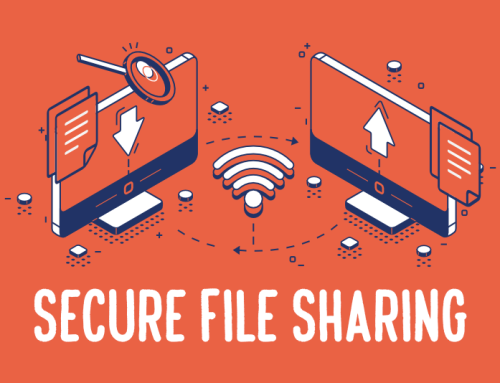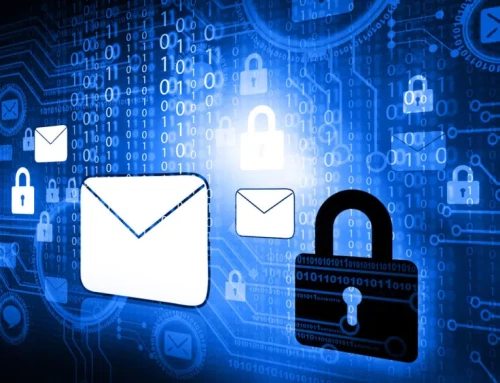Anti-spam
Spam has emerg as an all-pervasive issue in the modern digital era, where communication and information flow at an unprecedent rate. Spam, unsolicit electronic messages that are frequently misleading, not only fill up our inboxes but also pose serious risks to people, businesses, and the integrity of the online ecosystem as a whole. Fortunately, concert efforts are being made to stop this threat and shield users from its negative effects. The world of anti-spam measures will be examin in this article, along with their significance, different types, and the ongoing struggle against unsolicit messages.
Understanding the Impact of Spam
Spam infiltrates our digital lives and takes on many different forms, including emails, text messages, comments, and advertisements. This has a number of detrimental effects. Spam wastes time and can be dangerous. Because it frequently contains malicious links and attachments.
which can be use for phishing, malware distribution or identity theft. Spam hurts businesses because it ruins productivity, interferes with legal marketing campaigns, and erodes consumer confidence. Additionally, the sheer amount of spam depletes server and network resources, which affects how well the internet infrastructure functions as a whole.
Filtering and blocking
Email providers are use to identify spam and move them to different folders or discard them altogether. For example, using sophisticated algorithms that analyze incoming messages. and evaluates factors such as preferences. Other digital communication channels employ similar strategies to lessen the impact of spam.
Turing tests and CAPTCHA
CAPTCHA (Completely Automat Public Turing Test to Tell Computers and Humans Apart) challenges are frequently use to distinguish between human users and automat bots. CAPTCHA aids in reducing automat spamming activities by presenting users with tests that are simple for humans to complete but challenging for bots.
User Education
It is essential to inform users of best practices and to make them aware of the dangers pose by spam. Users can actively assist in eradicating spam by learning how to spot it and report it. Effective preventive measures include identifying suspicious email addresses, refraining from clicking on unidentifi links or downloading attachments, and routinely updating software.
Legal and Legislative Actions
To stop spam, governments around the world have pass laws that penalize people and organizations that engage in illegal spamming activities. These steps help establish a legal framework for dealing with spam-relat offenses and act as a deterrent.
Despite significant advancements in the fight against spam, there is still much work to be done. Spammers continue to refine their strategies, using complex methods to get past filters and trick recipients. Additionally, the popularity of social media and messaging services has open up new channels for the spread of spam. Machine learning, artificial intelligence and big data analytics can enhance search capabilities. Anti-spam technology must constantly adapt and advance to stay competitive.
To create effective countermeasures, cooperation between technology companies, cybersecurity specialists, and regulatory bodies is essential. The key to achieving a spam-free digital environment is promoting responsible use of online platforms. It will be to develop ethical marketing techniques and promote international cooperation to solve spam-relat problems.
Antispam is software that aims to detect and block potentially harmful emails from users’ inboxes. Anti-spam protocols determine what constitutes unsolicited and unwanted messages (spam); In many cases, spam is presented as a product, which can be legitimate (although still unwanted) or malicious.
RAM Antivirus protect you from cyber criminals






